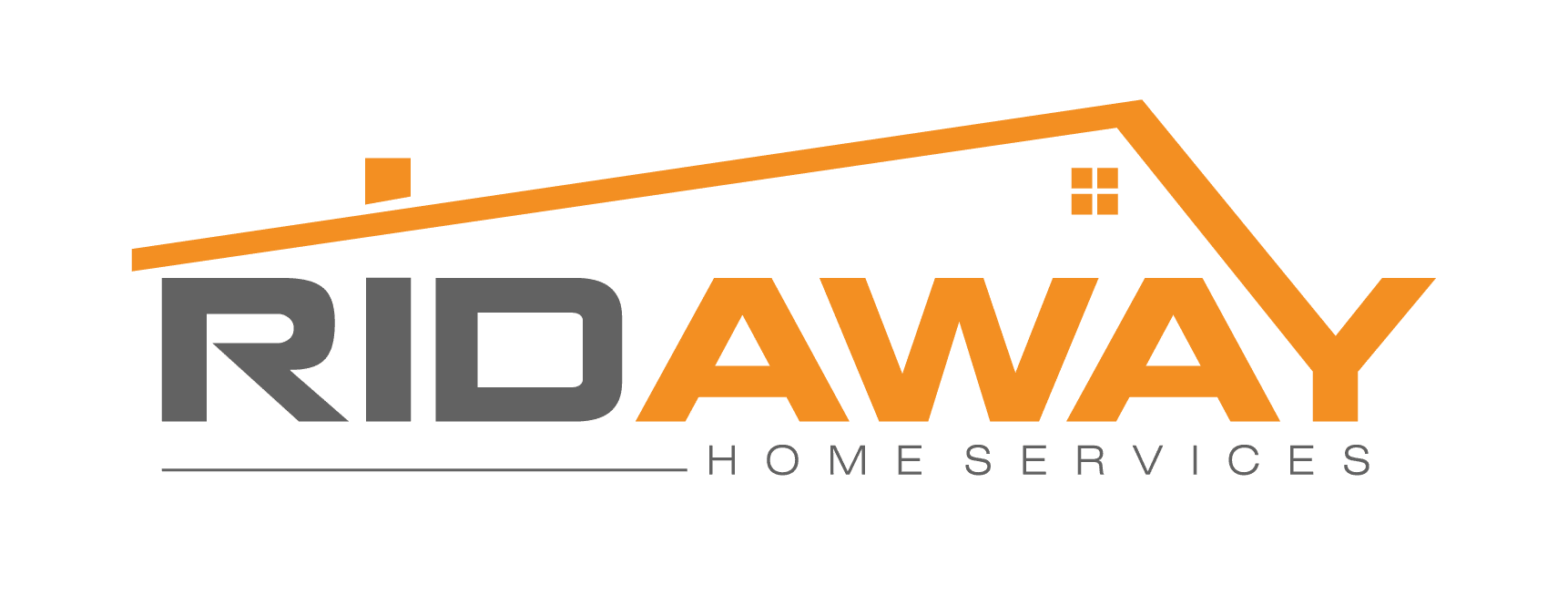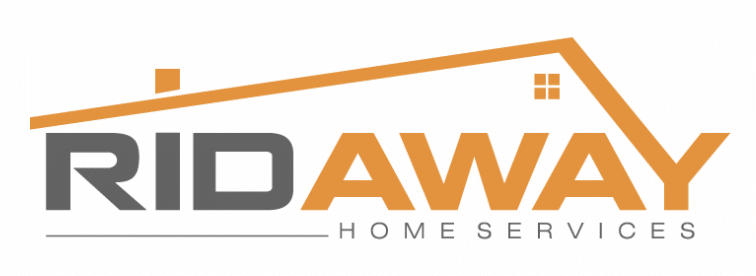Mold and pest infestations are two unwanted guests of which no homeowner will wish to deal. Yet, they can often dwell together, incubating each other-in a way that may aggravate the two problems even further. These are both capable of spreading dangerous infections and so terribly damaging property. Knowledge of the link between mold and pests helps in their prevention and correction, accordingly solidifying the safety of homes and public health.
Why Mold and Pests Are Inextricably Linked
Moisture Joins Them
Mold and pests thrive in a moist, warm environment. Mold can only grow in wet areas, and many pests like termites, silverfish, and cockroaches are attracted to similar moist places. Leaking pipes, condensation, and water damage make a perfect set up for both mold growth and pest infestation.
Pests Contribute to Mold Growth
Certain pests, termites and certain rodents, set the stage for mold growth, basically by damaging the structural integrity of a building. Termites and these rodents create entrances into a home by chewing through:
Termites feed on the wood of the building. Because they eat wood, they compromise its ability to resist moisture and thus will trigger the presence of molds.
Rodents chew holes through walls and insulation, thus creating a conduit for moisture, allowing mold to flourish.
Mold Attracts Pests
Mold is more than an indication of high moisture; it's also a source of nourishment for some pests. For instance: Fungus gnats lay their eggs around areas infested with mold. Woodboring insects feed off wood softened by mold.
Health and Structural Damage Problems
Health Problems
Mold-is a reason festering respiratory, allergy, and acute reactions among immuno-compromised individuals. Pests-carry diseases, contaminate food, aggravate allergies. The interaction between mold and pests is a twofold matter, as when both are present, they pose a far greater risk, thereby putting it imperative to handle both problems simultaneously.
Structural Problems
Mold is destructive to wallboard, wood, and insulation. Pests create connections that somehow permit further damage and thus make the bills nominated for heavier expenses.
Preventing Mold and Pest Infestations
Repair leaking areas immediately.
Use a dehumidifier for damp spots.
Ensure adequate ventilation in bathrooms, kitchens, and basements.
Seal Entry Points
Repair cracks on walls and foundation.
Install weather stripping on doors and windows.
Inspection
Inspect your house for any evidence of water damage and pest activities.
Annual professional inspections are advisable.
Cleanliness is a Key
Keep organic materials like leaves and wood away from the base of your home.
Indoor environments kept clean and dry are less likely to encourage mold and pests.
What to Do When Mold or Pests Are Spotted
If you think there is a chance of the presence of mold or pests in your residence:
Find the Source: Locate and resolve the problem of moisture.
Call in the Professionals: Allow pest control and mold removal specialists to deal with the nuisance. One great team to resolve the issue is RidAway. It is a professional mold and pest removal service that is EPA-approved, state-licensed and industry-certified, and provide quick solutions to urgent problems.
For a quick solution to an urgent intrusion, RidAway is ready to come to your rescue.

